Japanese Inari Fox
Foxes (狐 kitsune), regarded as the messengers of the gods, are often found in Inari shrinesIn Japanese mythology, they are wise creatures with the ability to shapeshift At Fushimi Inari Taisha they carry a key in their mouths – the key to Inari’s rice granary.

Japanese inari fox. Inari Ōkami (Japanese 稲荷大神), also called ŌInari (大稲荷), is the Japanese kami of foxes, of fertility, rice, tea and sake, of agriculture and industry, of general prosperity and worldly success, and one of the principal kami of Shinto In earlier Japan, Inari was also the patron of swordsmiths and merchants. Inari Ōkami (Japanese 稲荷大神), also called ŌInari (大稲荷), is the Japanese kami of foxes, of fertility, rice, tea and sake, of agriculture and industry, of general prosperity and worldly success citation needed, and one of the principal kami of ShintoIn earlier Japan, Inari was also the patron of swordsmiths and merchantsRepresented as male, female, or androgynous, Inari is. (Main shrine of Genkoinari Shrine) E Kyubiko 九尾狐 or Kyubinokitsune 九尾の狐 White furred vulpine spirit with 9 tails Kyubiko are more strongly emphasized in Chinese mythology.
10) Inari – The Japanese Deity of Agriculture (Rice), Commerce, and Swords Considered as one of the most revered kami in the Shinto pantheon, Inari , often depicted in dualgender (sometimes male and sometimes female), is the god of rice (or rice field), thereby alluding the association with prosperity, agriculture, and abundance of produce. Inari scholar Karen Smyers notes that the idea of the fox as seductress and the connection of the fox myths to Buddhism were introduced into Japanese folklore through similar Chinese stories, but she maintains that some fox stories contain elements unique to Japan The full etymology is unknown. JAPANESE LUCKY INARI FOX WHITE NETUKE KITUNE H25cm×W3cm×D6cm $999 $700 shipping 6 watching Fushimi Inari shrine Kyoto Japanese Good luckTORI FOX 5cm $1999 $600 shipping Japanese TOTO BAG KYOTO FUSHIMI INARI FOX $1999 $800 shipping Small Inari Kitsune(Fox) Omamori case Inari Shrine set Kamidana.
Learn about the main 5 Things To Do In Japan Throughout Shinto mythology, Fox is the deity Inari’s envoy, who is the guardian of rice, livestock, and fertility The gods can appear in the form of a fox Fox is a symbol of wealth, bringing an abundant harvest. Inari's messenger is the magical, shapeshifting fox or kitsune as it is called in Japanese Images of foxes are commonly seen flanking Inari in paintings of this god, as well as guarding the. Foxes and human beings lived close together in ancient Japan;.
Kitsune first debuted in Japanese literature in the eighth century, and their legend has never faded since They can be found as statues around ancient shrines for Inari, on calligraphy scrolls by Japan’s finest artists, and of course, in thousands of folktales Japanese people believed in their magical foxes well into the eighteenth century. Recently acquired Japanese acquisitions Japan, a fine tall hand carved granite stone Inari fox kitsune carved in a pleasing simple Art Deco manner, dating to the early 1900s It is signed on base and was clearly displayed in a shrine at one time in its life. An unusual and rare pair of large antique Japanese Inari foxes hand carved from a single boulder of granite Also called zenko, these good spirit kitsune (foxes) are specifically associated with the goddess, Inari Each fox is fitted with it's own separate base also carved from granite Believed to be both messengers and guardians, kitsune served Inari in her role as goddess of agriculture.
Similarly, Inarizushi is a type of sushi named for Inari Ōkami that consists of ricefilled pouches of fried tofu There is speculation among folklorists as to whether another Shinto fox deity existed in the past Foxes have long been worshipped as kami Inari's kitsune are white, a color of good omen. Inari shrines date back to the 9th century and are known for their redlacquered torii, a traditional Japanesestyle gate Entrances to Inari shrines are typically marked by one or more torii gates as well as statues of Inari’s fox messengers The fox guardian figures usually come in pairs, representing a female and a male. Inari's messenger is the magical, shapeshifting fox or kitsune as it is called in Japanese Images of foxes are commonly seen flanking Inari in paintings of this god, as well as guarding the.
The name of this sushi is associated with a type of shrine called ‘Inari Shrine’, which used to worship the deity, Inari It is said that the favourite food of the fox, the messenger of Inari, was aburaage (deep fried thin tofu) so people offered aburaage to the shrine Because the sushi rice is wrapped in aburaage, it is called. Foxes are the messenger of Inari and are usually pure white Fox statues sit outside the Inari shrines, in the olden days live foxes would roam around the shrine and be taken care of, however, this is not current practice Because rice was very important in early Japan the Inari were heavily worshiped. The Fushimi Inari Shrine or the Kyoto Fox Shrine (伏見稲荷大社, pronounced Fushimi Inari Taisha in Japanese) is an important Shinto shrine in southern Kyoto and one of the most popular tourist sites in the whole of Japan.
Visiting Fushimi Inari Fox Shrine in Kyoto, Japan When planning a trip to Kyoto, visiting the distinguished Fushimi Inari fox shrine is one of the sites most people look forward to The beauty of this shrine spans over a breathtaking 10,000 orange gates, or Torii (鳥居), that envelope a path that winds over 25 miles up the Inari mountain. The first thing you'll notice as you enter Fushimi Inari – well, besides the thousands of bright orange gates, which are both wellintegrated and starkly contrasted with the surrounding forest – is many fox statues Japanese mythology holds foxes as messengers, which is appropriate since one of the shrine's original nonspiritual purposes. Inari Ōkami (Japanese 稲荷大神), also called ŌInari (大稲荷), is the Japanese kami of foxes, of fertility, rice, tea and sake, of agriculture and industry, of general prosperity and worldly success citation needed, and one of the principal kami of ShintoIn earlier Japan, Inari was also the patron of swordsmiths and merchantsRepresented as male, female, or androgynous, Inari is.
The Origin of Inari Sushi Inari shrines in Japan are dedicated to Inari, the deity protecting the cropsThe Japanese people bring Aburaage (deepfried tofu pockets) or Inari Sushi as offerings and place them in front of the fox statues on the shrine grounds It is said that foxes are the messengers of the Inari god and it’s believed that they like aburaage. Foxes (狐 kitsune), regarded as the messengers of the gods, are often found in Inari shrinesIn Japanese mythology, they are wise creatures with the ability to shapeshift At Fushimi Inari Taisha they carry a key in their mouths – the key to Inari’s rice granary. The farmers of ancient Japan revered foxes, which preyed on the mice and rats which destroy crops Foxes have long been associated with Inari, the god of the harvest Inari is said to use foxes as servants and messengers, and the majority of the foxes in his employ are the holy, whitefurred kind known as myōbu.
Foxes and human beings lived close together in ancient Japan;. This companionship gave rise to legends about the creatures Kitsune have become closely associated with Inari, a Shinto kami or spirit and serve as its messengers This role has reinforced the fox's supernatural significance The more tails a kitsune has they may have as many as. Foxes and human beings lived close together in ancient Japan;.
The popular spirit of rice, tea, industry, and prosperity, Inari is often represented as a fox Join us as we explore the most famous Inari shrines of Japan Inari shrines are a type of shrine dedicated to the Japanese deity Inari These shrines are immensely popular in Japan and can be found all around the country. Inari's fox messengers, known in Japanese as kitsune, are pure white Statues of white foxes can be seen throughout the shrine complex In Japanese mythology, foxes like to eat aburaage, or deepfried tofu The restaurants leading up to the shrine thus sell inari sushi (rice stuffed into pockets of aburaage) and kitsune udon (wheat noodles in. There are foxes all throughout Fushimi Inari Shrine in Kyoto However, they are not animals, but sacred beings Fushimi Inari is a highranking shrine in the country and is where the Japanese god Inarinokami is enshrined Foxes, familiars of Inarinokami, have also been considered objects of worship alongside Inarinokami as sacred beasts that convey the wills of god to humans.
Recently acquired Japanese acquisitions Japan, a fine tall hand carved granite stone Inari fox kitsune carved in a pleasing simple Art Deco manner, dating to the early 1900s It is signed on base and was clearly displayed in a shrine at one time in its life. The Fox and the Jewel Shared and Private Meanings in Contemporary Japanese Inari Worship by Karen A Smyers April 00 Journal of Japanese Studies 26(2). This companionship gave rise to legends about the creatures Kitsune have become closely associated with Inari, a Shinto kami or spirit and serve as its messengers This role has reinforced the fox's supernatural significance The more tails a kitsune has they may have as many as.
In Japan, however, the fox known as kitsune has since the eight century been enshrined and worshipped in a pervasive network of sacred associations in connection with Inari The widespread cult portrays kitsune as a divine messenger of the rice god who promotes agrarian fertility as well as productivity and prosperity in a much broader sense. In Japanese folklore a Kitsune may have up to nine tails ( santagor / Adobe) Please note, that my area of expertise is Japan so I will only briefly touch on Korea and China because I don’t want to give any misinformation and there is so much lore to go through in each country that I couldn’t possibly cover them all in one article Please look in the resources section for some excellent. As for the foxes, in Japanese folklore the kitsune (Japanese word for ‘fox,’ but also the name given to mythical fox spirits) is one of the most notorious creatures Somewhere over the centuries they came to be known as Inari’s messengers At every Inari shrine you will see at least two statues of them around the entrance to the main worship hall.
This companionship gave rise to legends about the creatures Kitsune have become closely associated with Inari, a Shinto kami or spirit and serve as its messengers This role has reinforced the fox’s supernatural significance. The Fox and the Jewel Shared and Private Meanings in Contemporary Japanese Inari Worship by Karen A Smyers April 00 Journal of Japanese Studies 26(2). Inari and Inari's foxes must therefore be placated otherwise it would be disastrous to the livelihood of the nation's farmers and people Second, the fox is associated with the concept of Kimon 鬼門, literally “demon gate,” a Japanese term stemming from Chinese geomancy (Ch feng shui).
This companionship gave rise to legends about the creatures Kitsune have become closely associated with Inari, a Shinto kami or spirit and serve as its messengers This role has reinforced the fox’s supernatural significance. (Main shrine of Genkoinari Shrine) E Kyubiko 九尾狐 or Kyubinokitsune 九尾の狐 White furred vulpine spirit with 9 tails Kyubiko are more strongly emphasized in Chinese mythology. Similarly, Inarizushi is a type of sushi named for Inari Ōkami that consists of ricefilled pouches of fried tofu There is speculation among folklorists as to whether another Shinto fox deity existed in the past Foxes have long been worshipped as kami Inari's kitsune are white, a color of good omen.
The name of this sushi is associated with a type of shrine called ‘Inari Shrine’, which used to worship the deity, Inari It is said that the favourite food of the fox, the messenger of Inari, was aburaage (deep fried thin tofu) so people offered aburaage to the shrine Because the sushi rice is wrapped in aburaage, it is called. Foxes are the messenger of Inari and are usually pure white Fox statues sit outside the Inari shrines, in the olden days live foxes would roam around the shrine and be taken care of, however, this is not current practice Because rice was very important in early Japan the Inari were heavily worshiped. Foxes and human beings lived close together in ancient Japan;.
Common in Japanese folklore, if you’ve been to Japan, chances are you’ll have seen representations of foxes or kitsune The most well known example is perhaps the striking statues guarding the many Inari shrines. The Inari Fox in Modern Japanese Culture While far fewer people practice the Shinto faith today, many of its traditions and customs are still incorporated into daily life in Japan The image of the Inari fox is one such persistent reminder of these traditional roots. INARI / Oinari / Oinarisama Shinto God/Goddess of Rice & Food Messenger = The Fox 狐 (Kitsune) Origin Hindu, Chinese, and Japanese Mythology Inari 稲荷 The deity of rice and a major Shinto kamiClosely associated with various Shinto deities of food, Inari can be depicted in either male or female form.
Inari and their fox spirits help the blacksmith Munechika forge the blade kogitsunemaru (Little Fox) in the late 10th centuryThis legend is the subject of the no drama Sanjo Kokaji Inari Ōkami (Japanese 稲荷大神;. In Japan, however, the fox known as kitsune has since the eight century been enshrined and worshipped in a pervasive network of sacred associations in connection with Inari The widespread cult portrays kitsune as a divine messenger of the rice god who promotes agrarian fertility as well as productivity and prosperity in a much broader sense. Inari is the Shinto god of rice, the protector of food, and bringer of prosperity He has over 40,000 shrines dedicated to him large and small across Japan, the oldest and most important of which is the Fushimi Inari Shrine near Kyoto with its famous red torii gates and fox statues in honour of the animal which is considered the god’s messenger and guardian.
This companionship gave rise to legends about the creatures Kitsune have become closely associated with Inari, a Shinto kami or spirit and serve as its messengers This role has reinforced the fox's supernatural significance The more tails a kitsune has they may have as many as. Visiting Fushimi Inari Fox Shrine in Kyoto, Japan When planning a trip to Kyoto, visiting the distinguished Fushimi Inari fox shrine is one of the sites most people look forward to The beauty of this shrine spans over a breathtaking 10,000 orange gates, or Torii (鳥居), that envelope a path that winds over 25 miles up the Inari mountain. In Japanese folklore a Kitsune may have up to nine tails ( santagor / Adobe) Please note, that my area of expertise is Japan so I will only briefly touch on Korea and China because I don’t want to give any misinformation and there is so much lore to go through in each country that I couldn’t possibly cover them all in one article Please look in the resources section for some excellent.
JAPANESE LUCKY INARI FOX WHITE KITUNE H25cm×W3cm×D6cm $999 $800 shipping 11 watching GalleryKACCO Kitsune Giga Tenugui Inari Fox God Caricature Japanese Dyed Towel $6400 Free shipping 11 watching Fushimi Inari shrine Kyoto Japanese Amulet OMAMORI Good luck charm FOX $1499. As for the foxes, in Japanese folklore the kitsune (Japanese word for ‘fox,’ but also the name given to mythical fox spirits) is one of the most notorious creatures Somewhere over the centuries they came to be known as Inari’s messengers. Foxes and human beings lived close together in ancient Japan;.
Trivia edit edit source A Youko is a type of youkai with the characteristics of a fox Source In the legend, Inari (Inari Ōkami is the Japanese kami of foxes, of fertility, rice, tea, sake, etc) and their fox spirits help the blacksmith Munechika forge the blade Kogitsunemaru (Little Fox) in the late 10th century This legend is the subject of the noh drama 'Sanjo Kokaji'. Foxes and human beings lived close together in ancient Japan;. You could say he’s a staple deity for a staple diet His wife is — or was — UkeMochi, the Goddess of Reconstituted Food and Packet MealsHowever the less said about that the better Inari has fox messengers — presumably to take orders for rice delivery The Japanese were very fond of sending messages by fox.
This companionship gave rise to legends about the creatures Kitsune have become closely associated with Inari, a Shinto kami or spirit and serve as its messengers This role has reinforced the fox’s supernatural significance. Kitsune first debuted in Japanese literature in the eighth century, and their legend has never faded since They can be found as statues around ancient shrines for Inari, on calligraphy scrolls by Japan’s finest artists, and of course, in thousands of folktales Japanese people believed in their magical foxes well into the eighteenth century. JAPANESE LUCKY INARI FOX BLACK NETUKE KITUNE H25cm×W3cm×D6cm $999 $700 shipping Watch Fushimi Inari shrine Kyoto Japanese Amulet OMAMORI Good luck charm FOX $2399 $600 shipping Watch Noren Tapestry door curtain Utagawa Hiroshige 90x85 White fox Inari Japan $5225 Was Previous Price $5500.
The name of this sushi is associated with a type of shrine called ‘Inari Shrine’, which used to worship the deity, Inari It is said that the favourite food of the fox, the messenger of Inari, was aburaage (deep fried thin tofu) so people offered aburaage to the shrine Because the sushi rice is wrapped in aburaage, it is called.

I Ll See Your Donkey And Raise You One Japanese Inari Fox Ift Tt 2jivunx Cute Puppies Cats Animals Cute Animals Animal Dolls Animals Beautiful

Inari Fox Japanese Fox Shintoism Kitsune

Inari Foxes Ivory By Santani On Deviantart
Japanese Inari Fox のギャラリー
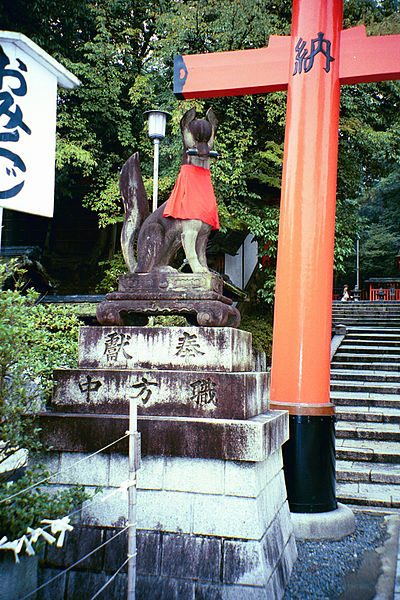
Fushimi Inari Shrine

Bring Home A Souvenir Fox From Kyoto S Fushimi Inari Shrine Matcha Japan Travel Web Magazine

Luminescent White Clay Sculpture Of Inari Foxes Item

Foxes Inari Traditional Kyoto

Stone Statue Inari Fox Image Photo Free Trial Bigstock

The White Foxes Of Inari Shinto Inari Shintoism
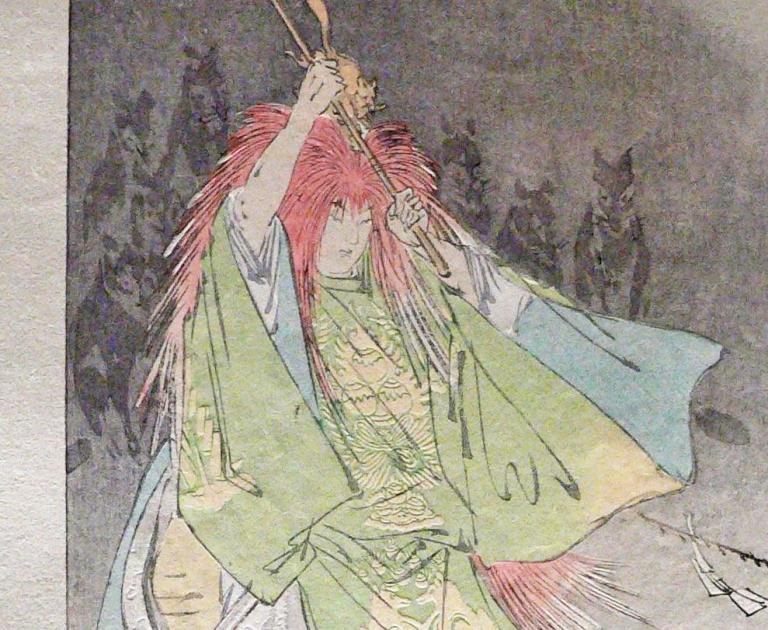
Inari Japan S Fox God Megan Manson
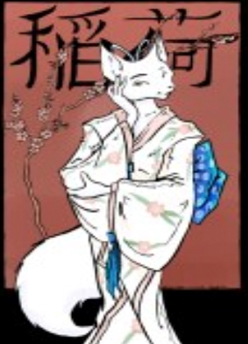
Japanese Shinto Inari The Rice God And His Her Messenger The Fox Kitsune
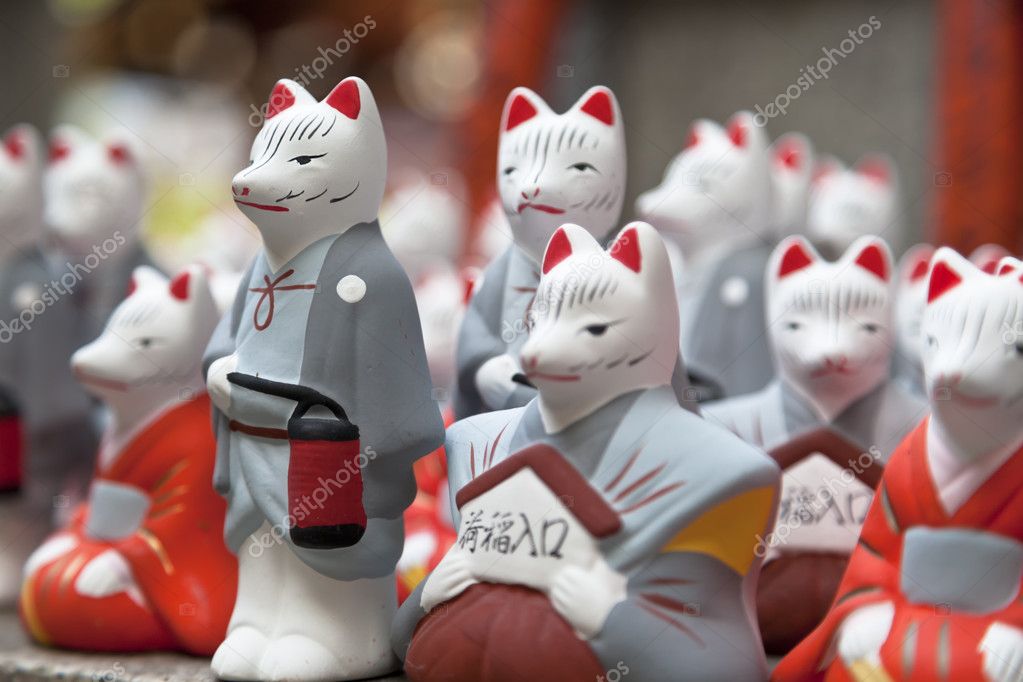
Statue Of The Inari Fox At Fushimi Inari Shrine One Of Famous Landmarks In Kyoto Japan Stock Editorial Photo C Lusia

Fox Japanese Kitsune Fushimi Inari Lucky Fortune Mascot Keychain Charm

Inari Fox Deity In Japan Home Facebook
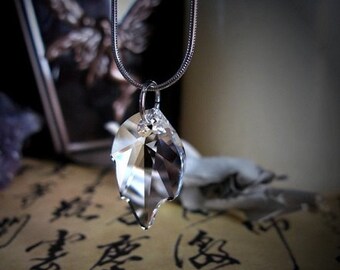
Inari Fox Etsy

Japanese English I Got This Fox At Fushimi Inari Shrine But I Don T Know What It Says Translator

Inari Fox Messengers Sydney L Moss Ltd
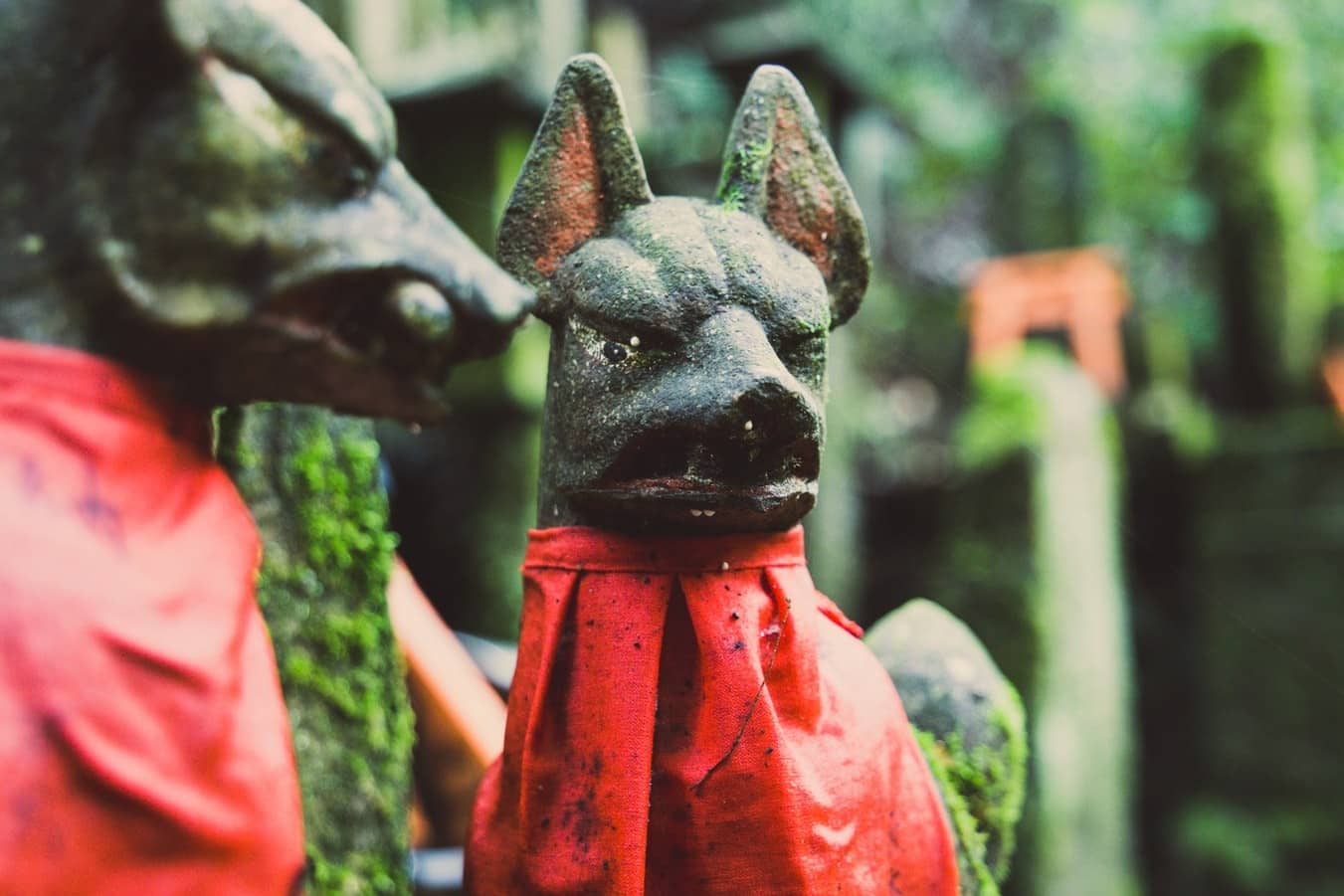
A Travellers Guide To The Kyoto Fox Shrine Home Of The Mythical Ianri Foxes

Pair Of Antique Japanese Inari Foxes Zenko Good Foxes Kitsune

Japanese Folktales The Snow White Inari Fox Under The Influence

6 Things You Should Know About The Inari Fox In Japanese Folklore
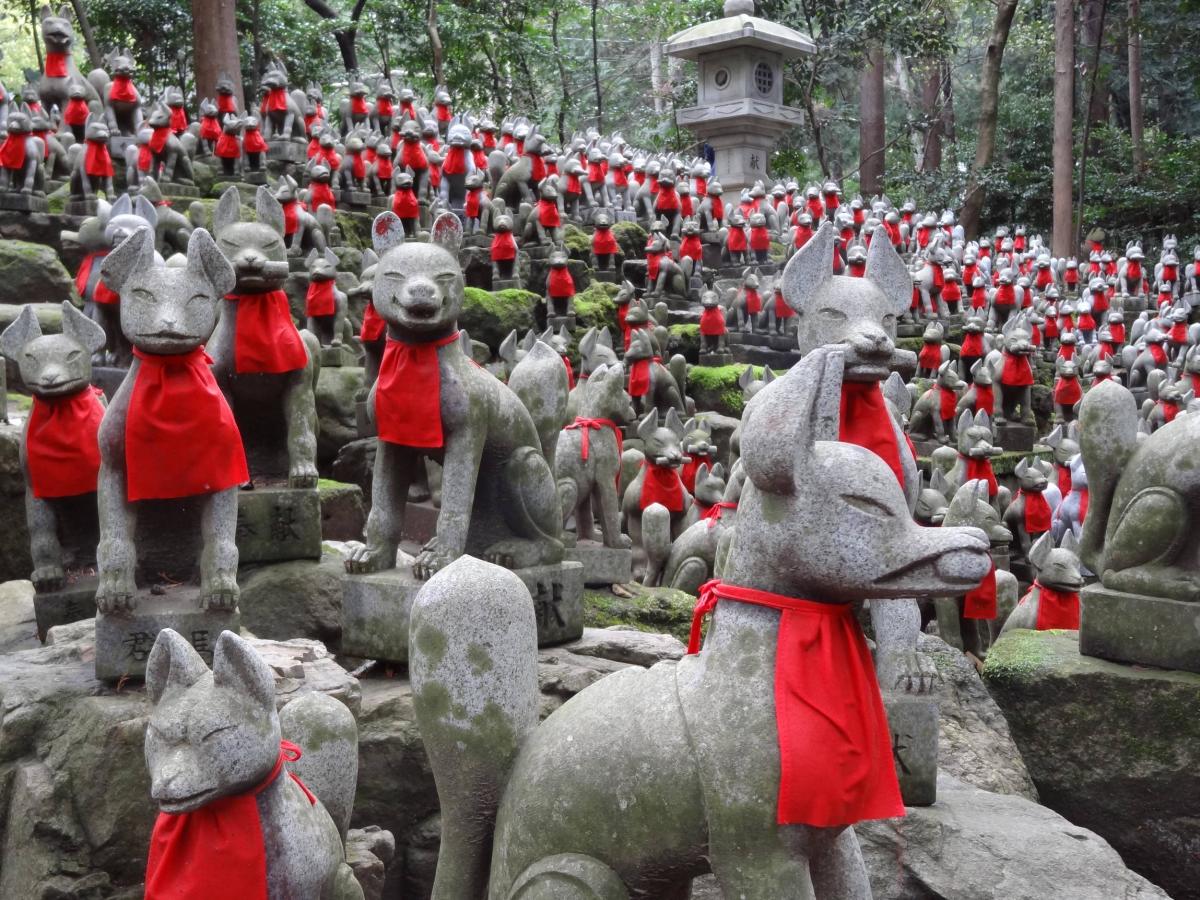
Kitsune Tattoos Origins Meanings Types Of Japanese Fox Tattoos Tatring Tattoos Piercings
1

Kitsune Messenger Fox Statue At Fushimi Inari Taisha Kyoto Japan High Res Stock Photo Getty Images
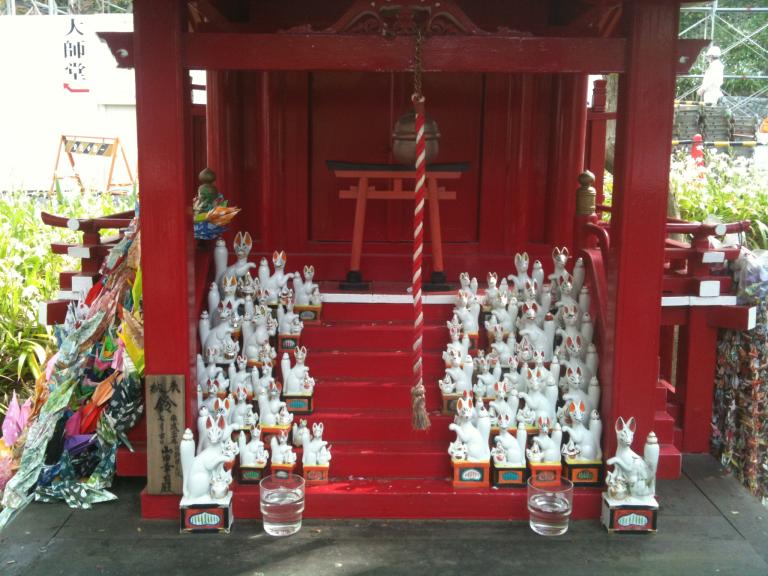
Inari Japan S Fox God Megan Manson

Kitsune Mythology In Inari Shrines Sarah Price
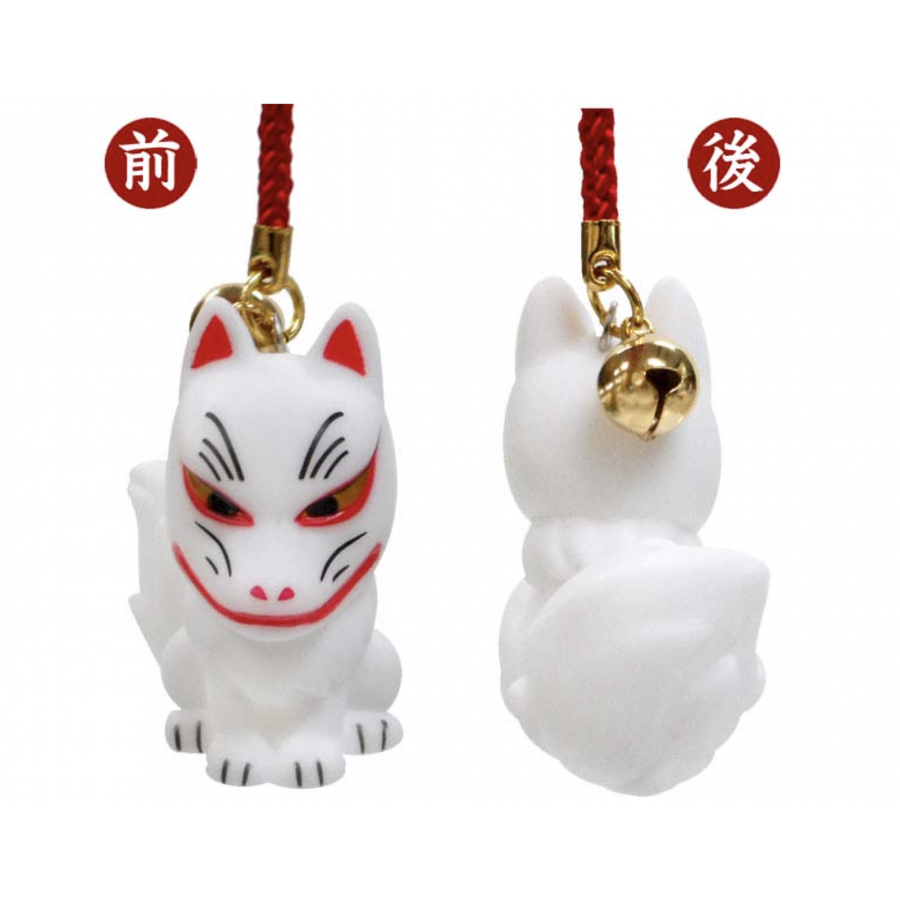
Fox Japanese Kitsune Fushimi Inari Lucky Fortune Mascot Keychain Charm
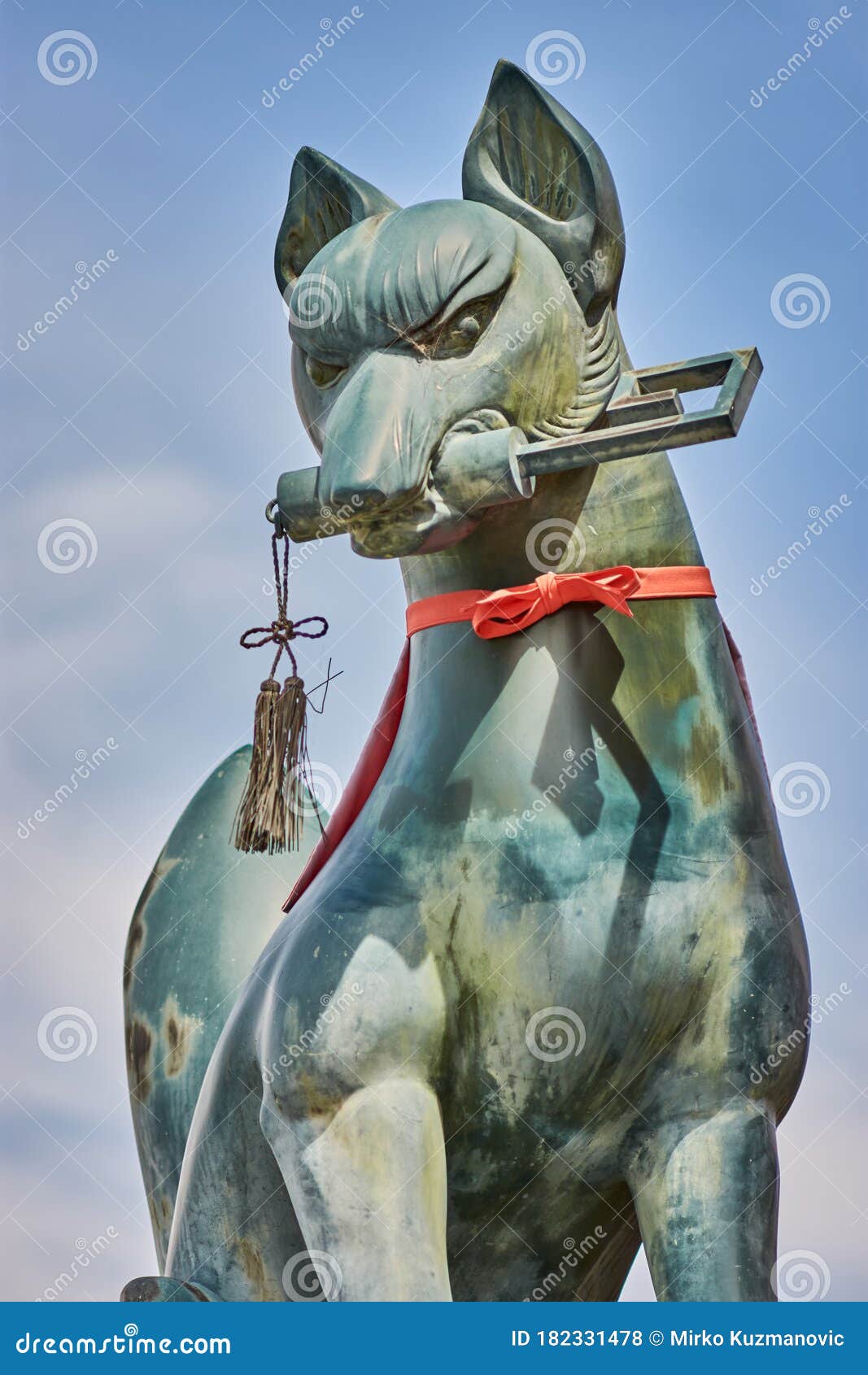
Statue Of A Kitsune Japanese Shinto Red Fox God In Fushimi Inari In Kyoto Editorial Stock Photo Image Of Exterior Sculpture
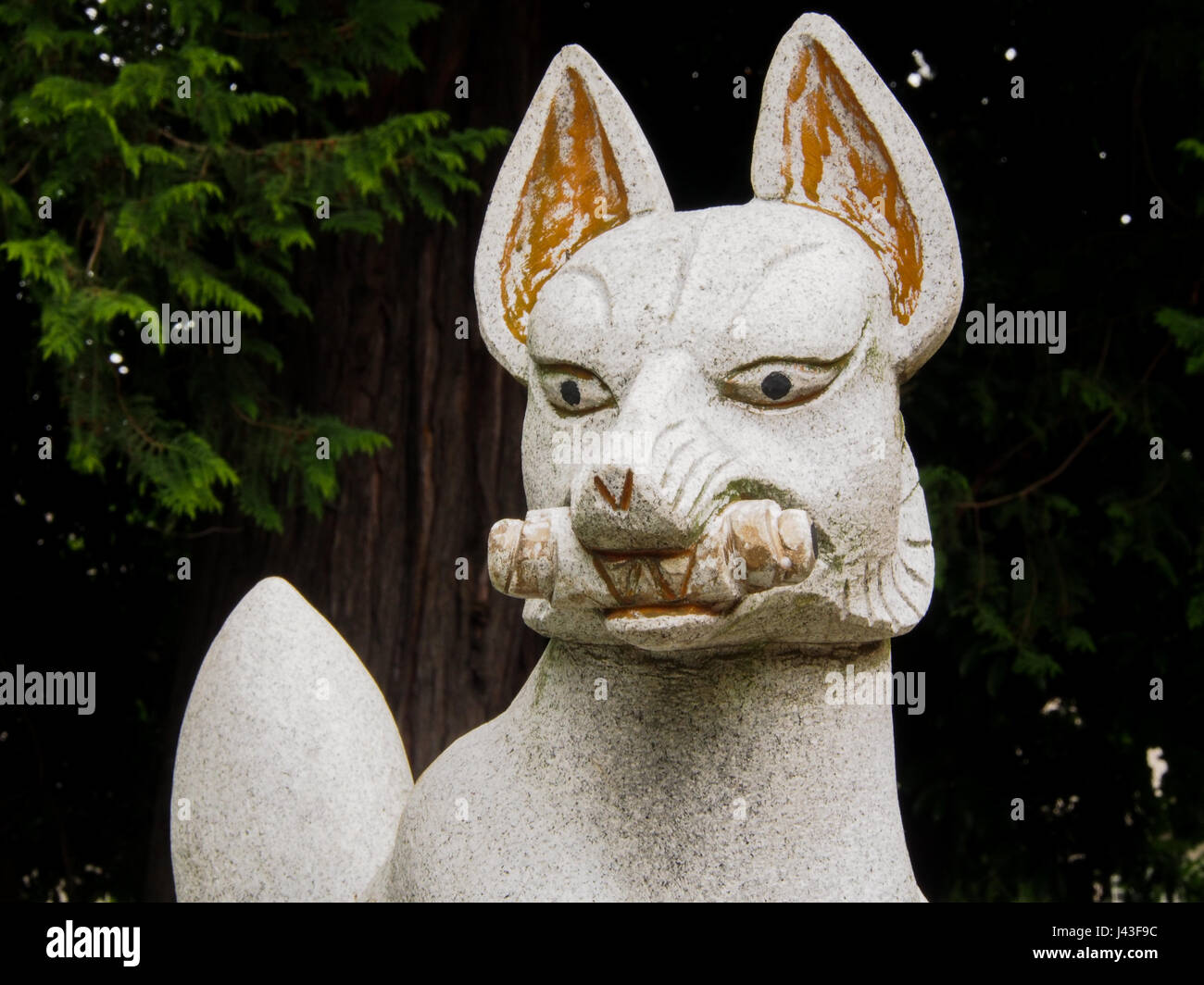
Kitsune Fox Statue At Roadside Shinto Shrine Omiya Saitama Japan Stock Photo Alamy
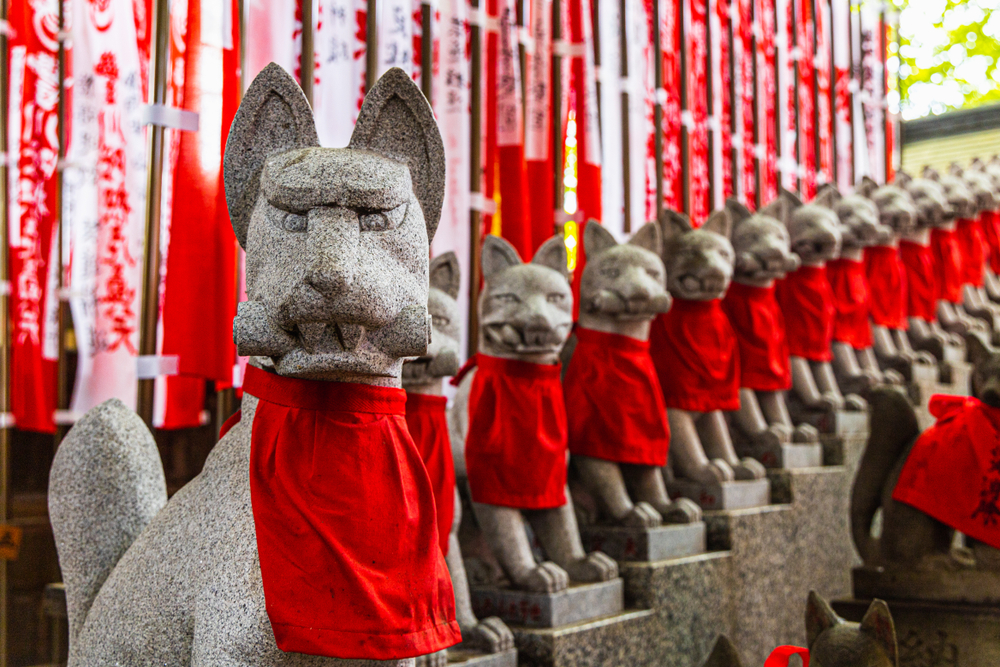
Playful Or Malicious A Guide To Japan S Magical Animals Tokyo Weekender
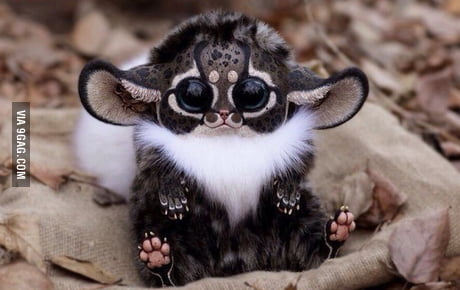
I Really Want To Have One Japanese Inari Fox 9gag
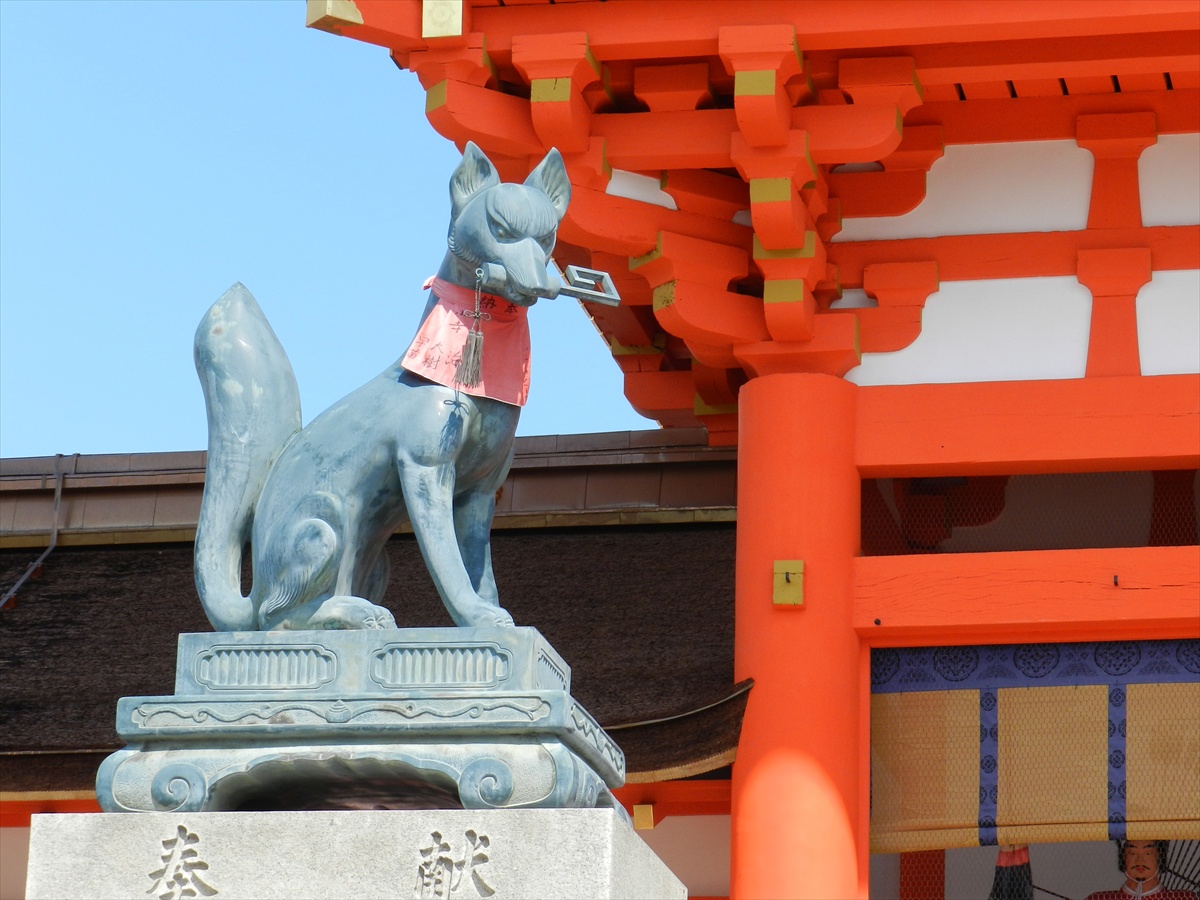
Kitsune Fox In Japanese Stands Sentry With Key To Rice Granary At Fushimi Inari Taisha Tokyo Kyoto Photolog By Jim Caldwell

A God In Japan Inari And Her Foxes Yabai The Modern Vibrant Face Of Japan

Inari Fox Deity In Japan Home Facebook
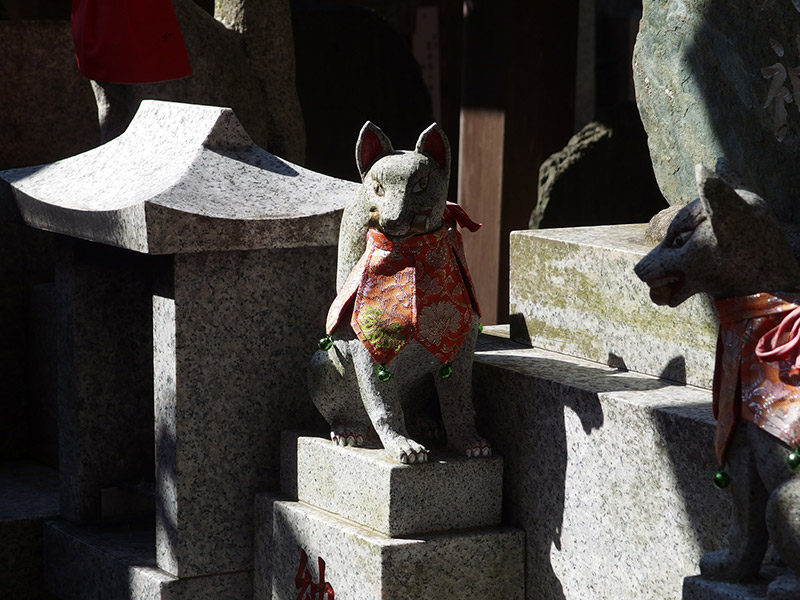
Kitsune The Divine Evil Fox Yokai
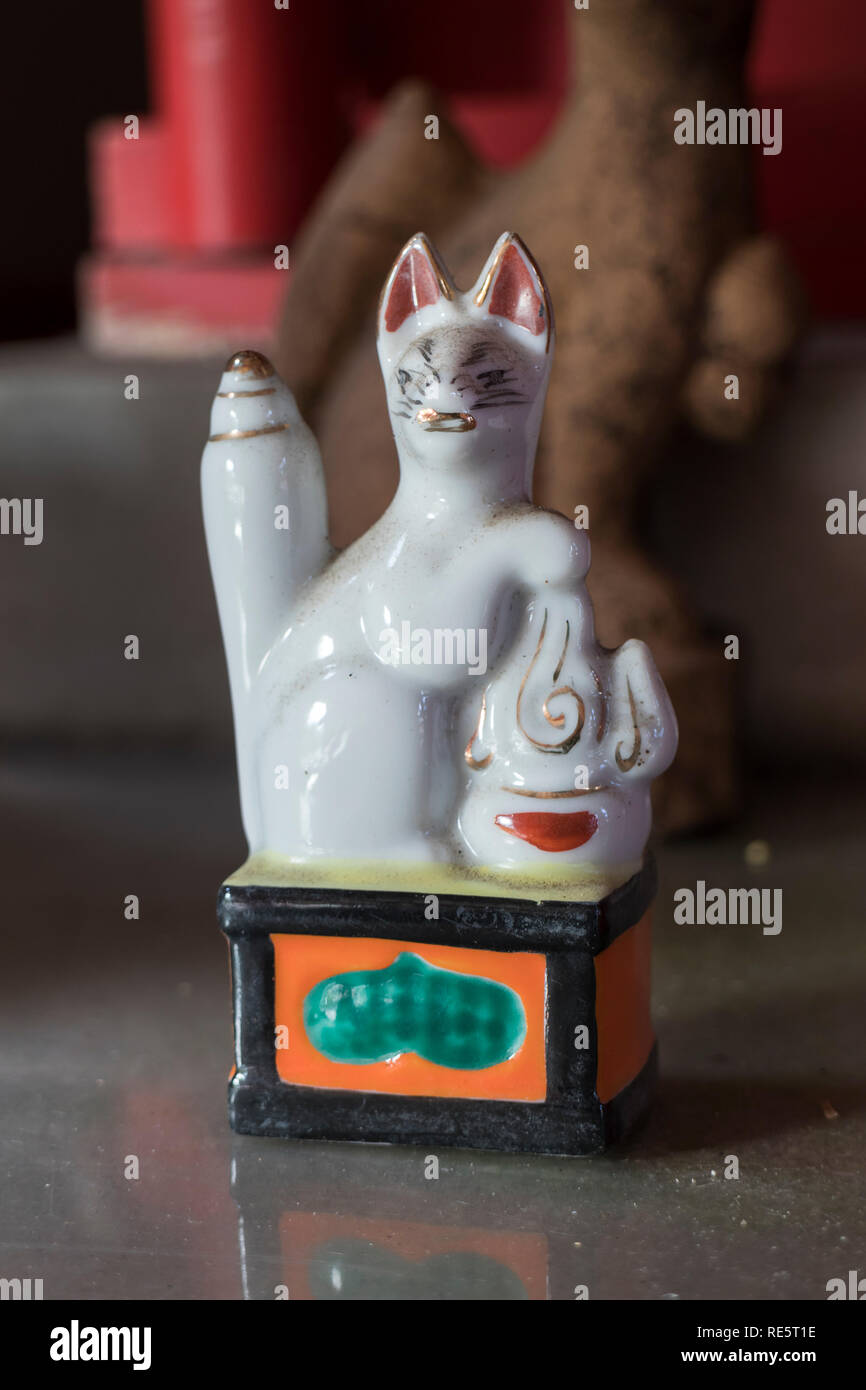
Kumamoto Japan November 13 18 Porcelain Figurine Of An Inari Okami Inari Fox Near The Shinto Shrine Stock Photo Alamy
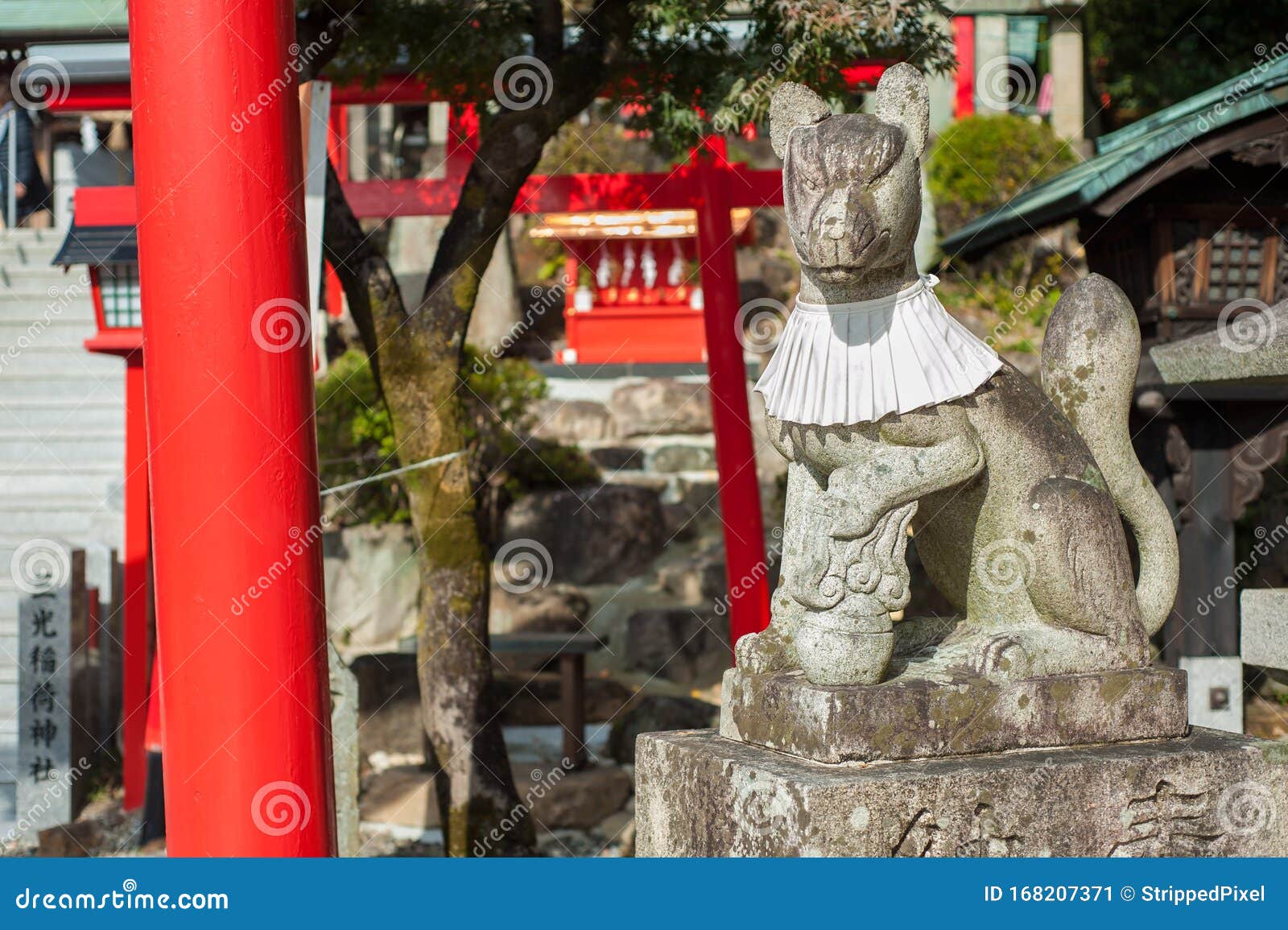
Inari Fox Statue At The Entrance To The Sankou Inari Shrine At Inuyama Castle Aichi Prefecture Japan Stock Image Image Of Entrance Inari

Japan Bonkers Away
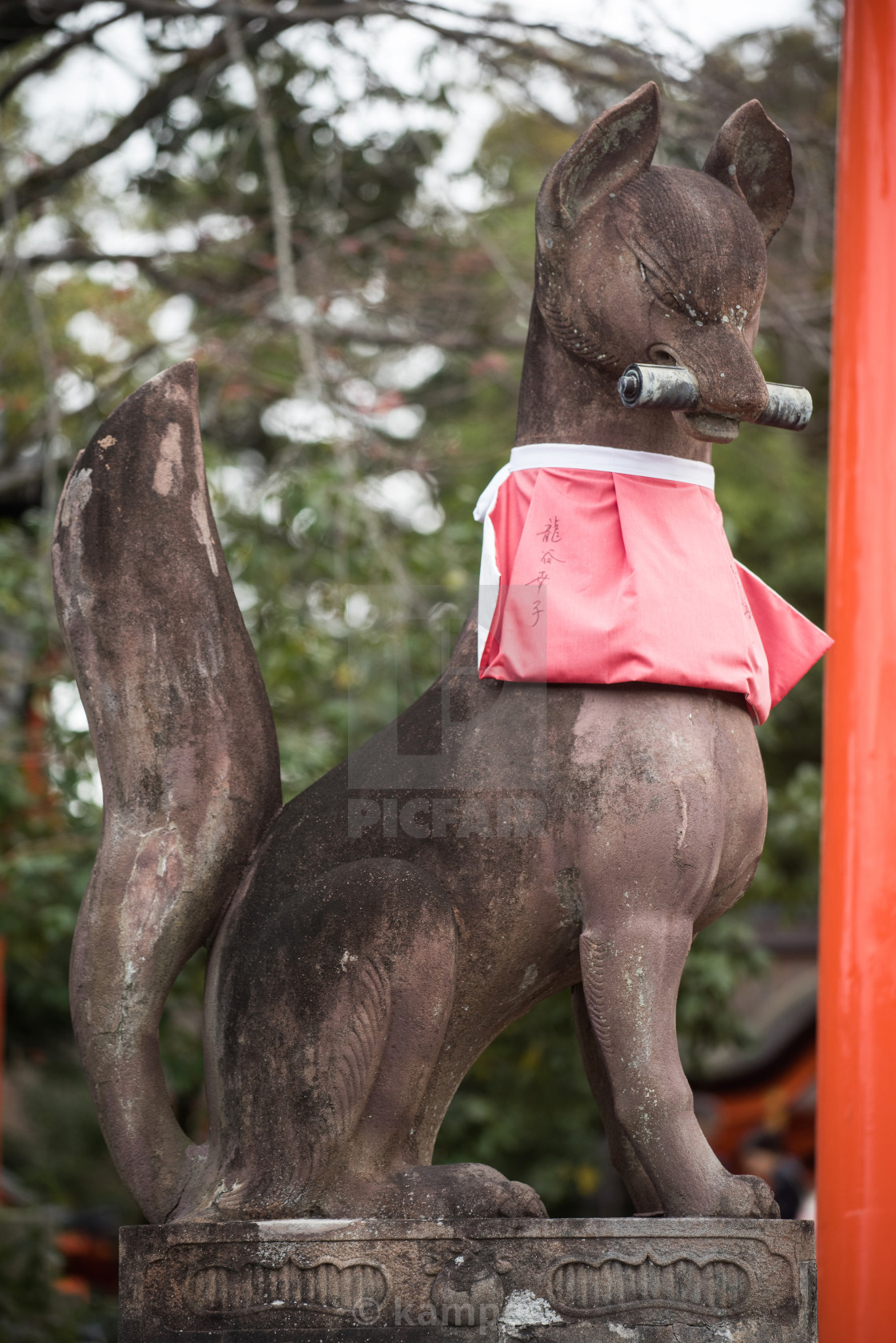
Fox Statue In Fushimi Inari Taisha Shrine In Kyoto Japan License Download Or Print For 11 16 Photos Picfair
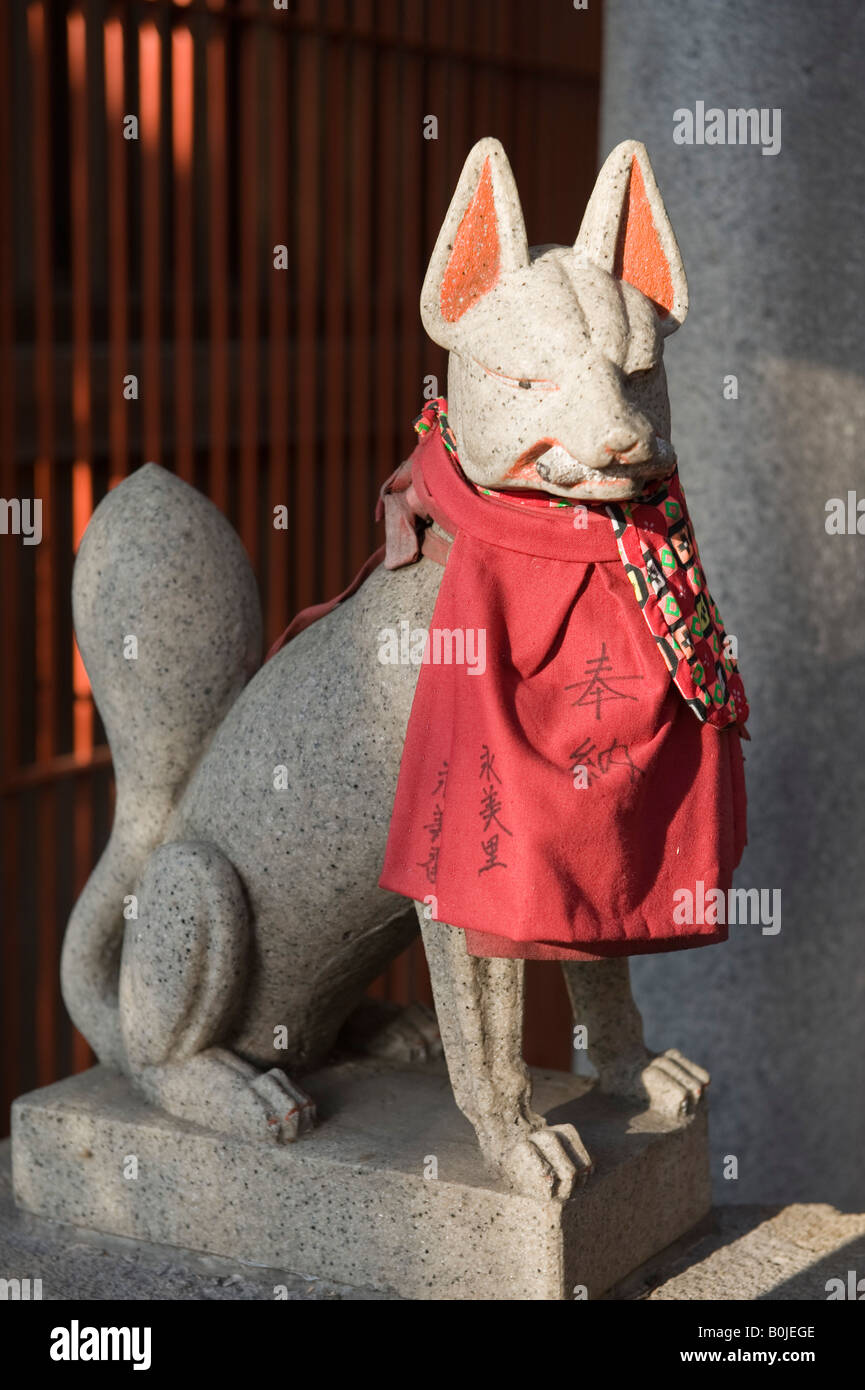
Ueno Park Tokyo Japan A Fox Guards An Inari Shrine Dedicated To Stock Photo Alamy

6 Things You Should Know About The Inari Fox In Japanese Folklore

Kitsune Japanese Rice Granary Key Pin Inari Fox Kitsune Etsy

White Japanese Kitsune Fox Statue Sculpture Zenko Inari Etsy Kitsune Fox Kitsune Statue

Inari Fox Messengers Sydney L Moss Ltd
.jpg?mode=max)
A Pair Of Japanese Bronze Inari Shrine Fox Statues Kitsune

Shinto Fox Statues Vintage Japanese Inari Kitsune Shinto Religion Com

Kitsune Fox Deities Kashima Jingu Forest Kashima Japan Stock Photo Picture And Rights Managed Image Pic Wdp Zb8199 1 Agefotostock
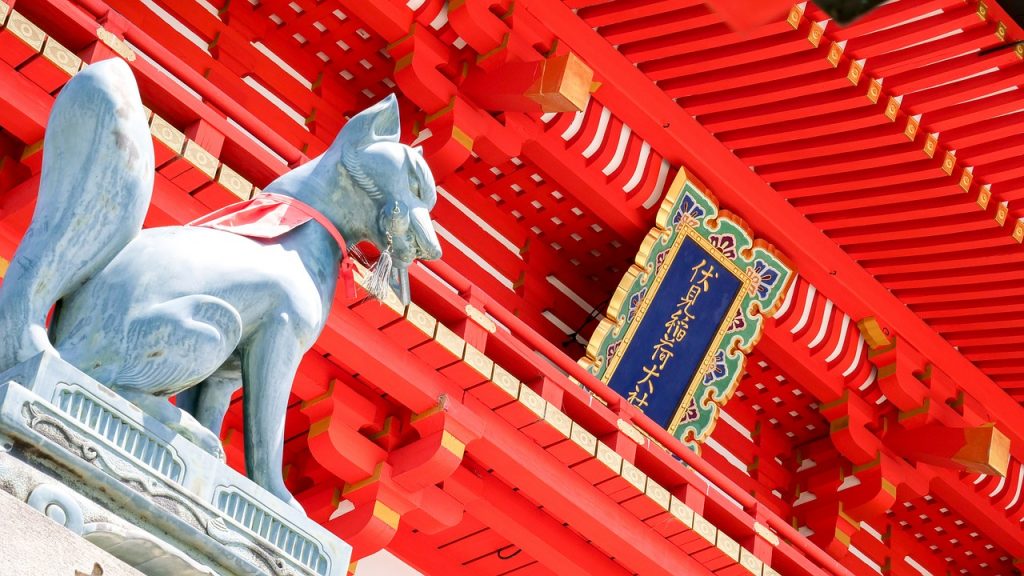
A Travellers Guide To The Kyoto Fox Shrine Home Of The Mythical Ianri Foxes

5 Best Souvenir Shops Near Kyoto S Fushimi Inari Taisha Live Japan Travel Guide
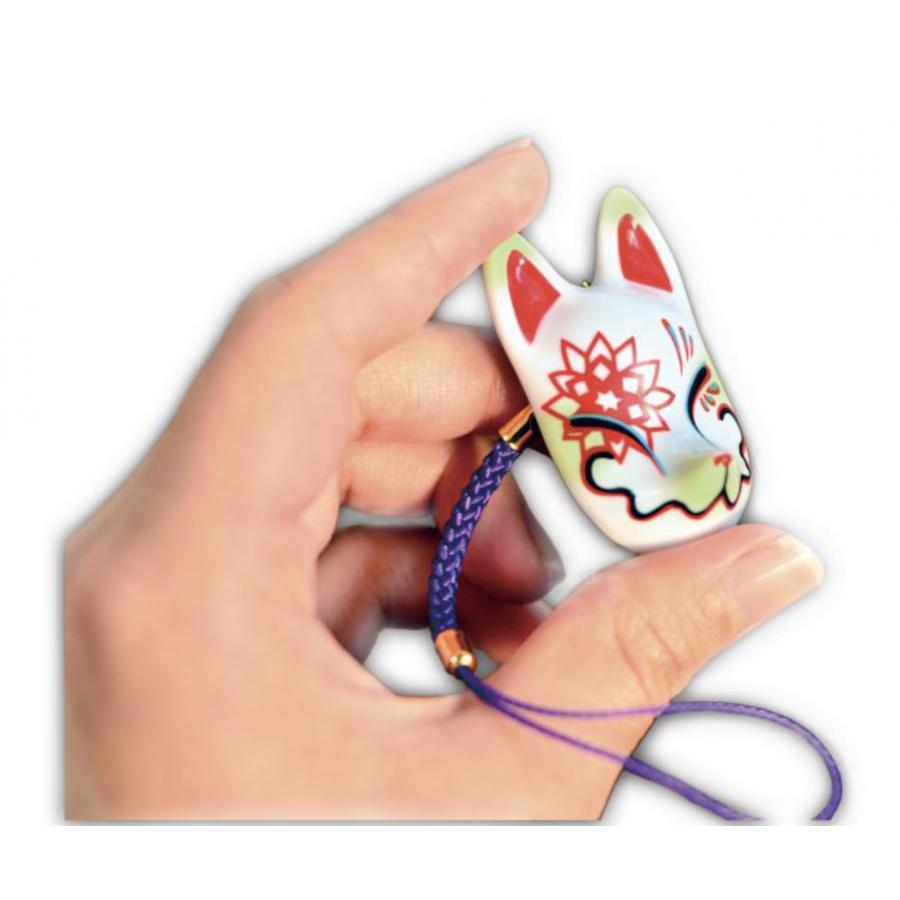
Fox Japanese Kitsune Mask Fushimi Inari Lucky Fortune Mascot Charm

Japanese Folklore Fushimi Inari Taisha And Kitsune Fox Legends Folklorethursday

Guardian Fox Of Fushimi Inari Taisha In Kyoto Japan Stock Photo Picture And Royalty Free Image Image

Inari Foxes Platina By Santani On Deviantart

Inari A Fox Servant Of The Agricultural God In Japan Shintoism Inari Animal Totems

Inari Fox Messengers Sydney L Moss Ltd
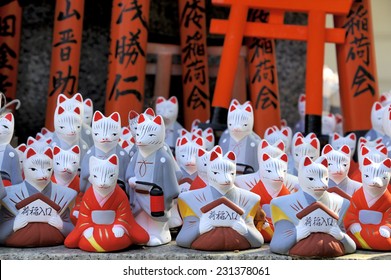
X3bz6hcvr3mvzm

Inari Fox Messengers Sydney L Moss Ltd

Japanese Religious Charm Maneki Kitsune Fox Collectible Figurine Inari Supernatural Wisdom Amazon Ca Home Kitchen
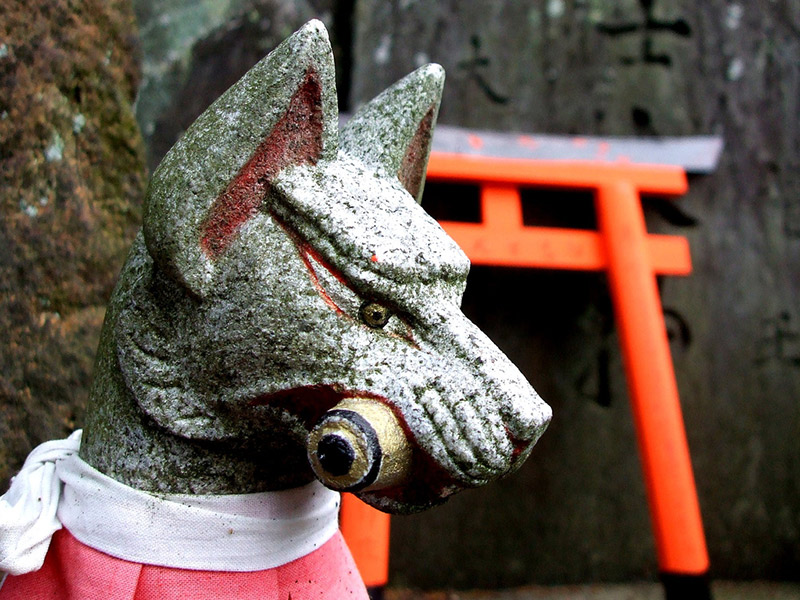
Kitsune The Divine Evil Fox Yokai
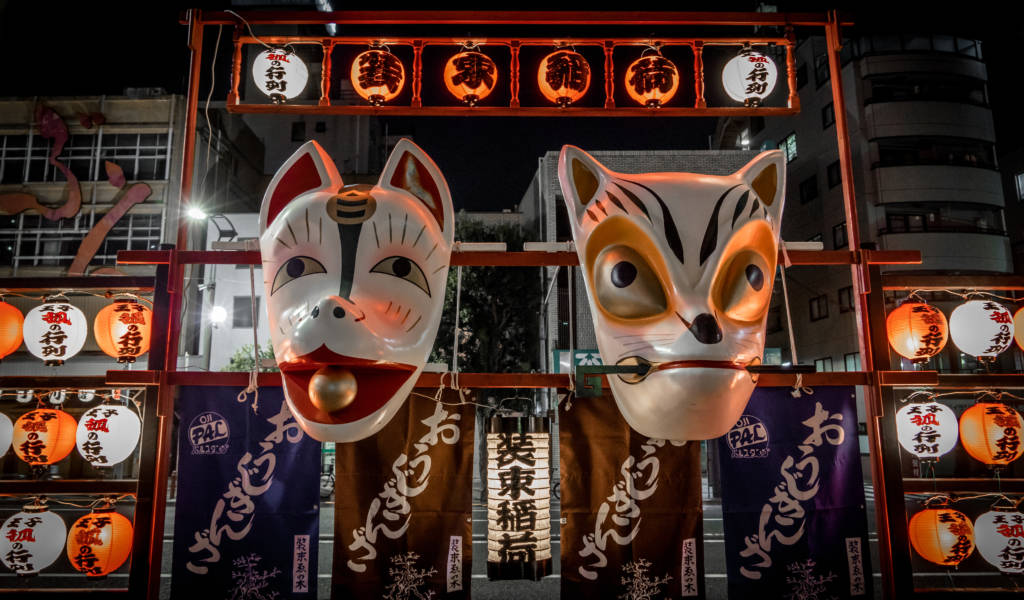
Oji Inari Jinja Shrine Fox Parade 31st Dec 21 Tokyo Cheapo

Inari Fox Pictures Fact Check
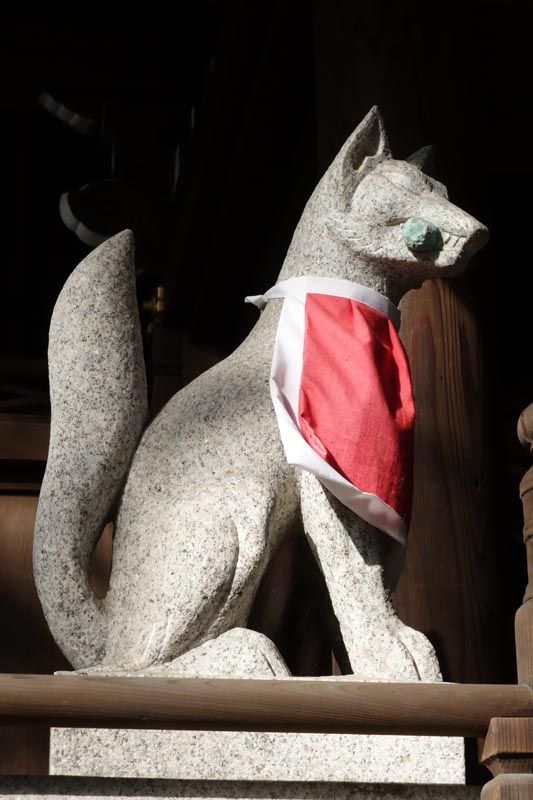
Foxes Inari Traditional Kyoto

E49jcqvpqbxzqm
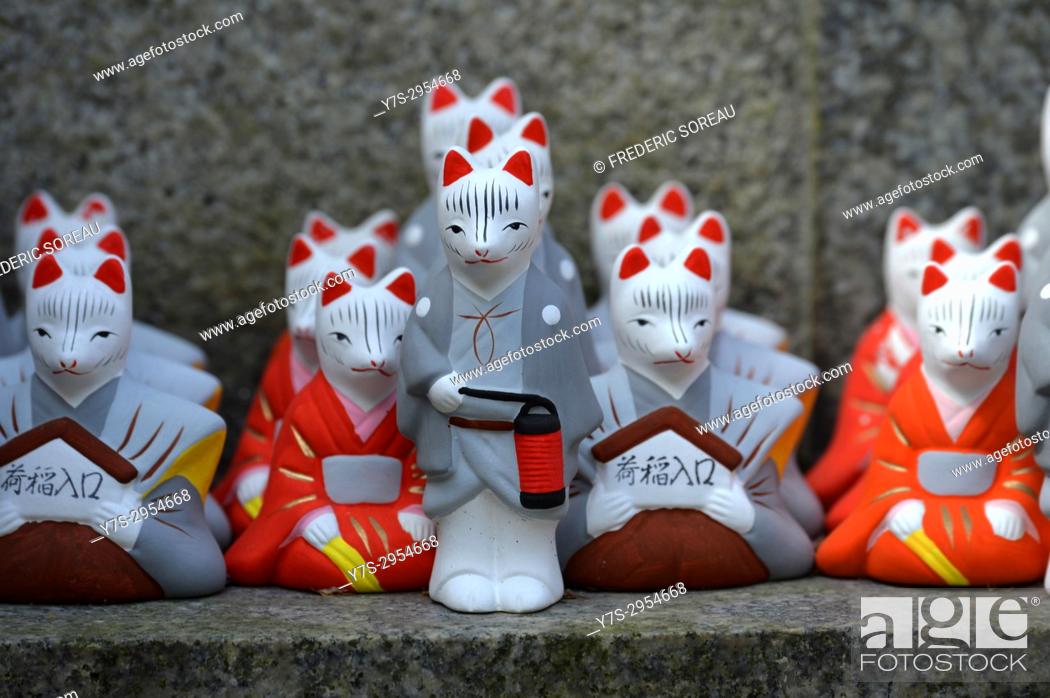
Small God Fox Figurine In Fushimi Inari Taisha A Large Shinto Shrine Complex Near Kyoto Japan Stock Photo Picture And Rights Managed Image Pic Y7s Agefotostock

A God In Japan Inari And Her Foxes Yabai The Modern Vibrant Face Of Japan

Inari Fox Hd Stock Images Shutterstock

Guardian Fox 1 Of Fushimi Inari Taisha Shrine Kyoto Japan

Fox Statue Tokyo Fine Art Photographer Glenn Waters

Kyoto Japan Image Photo Free Trial Bigstock

Inari Goddess Drone Fest

The Arches And Foxes Of Fushimi Inari Taisha Traveler Tina

Kitsune Mythology In Inari Shrines Sarah Price
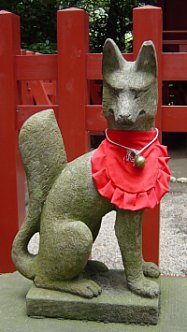
Japanese Shinto Inari The Rice God And His Her Messenger The Fox Kitsune

Japanese Fushimi Inari White Fox Omen Mask Interior Display Cosplay Japan Ebay

Fox Statues At Fushimi Inari Taisha In Kyoto Japan Stock Photo 5fde 4cbe Beca 2f2e7cc3b126

Fox Statue In Fushimi Inari Taisha Shrine In Kyoto Japan Canstock
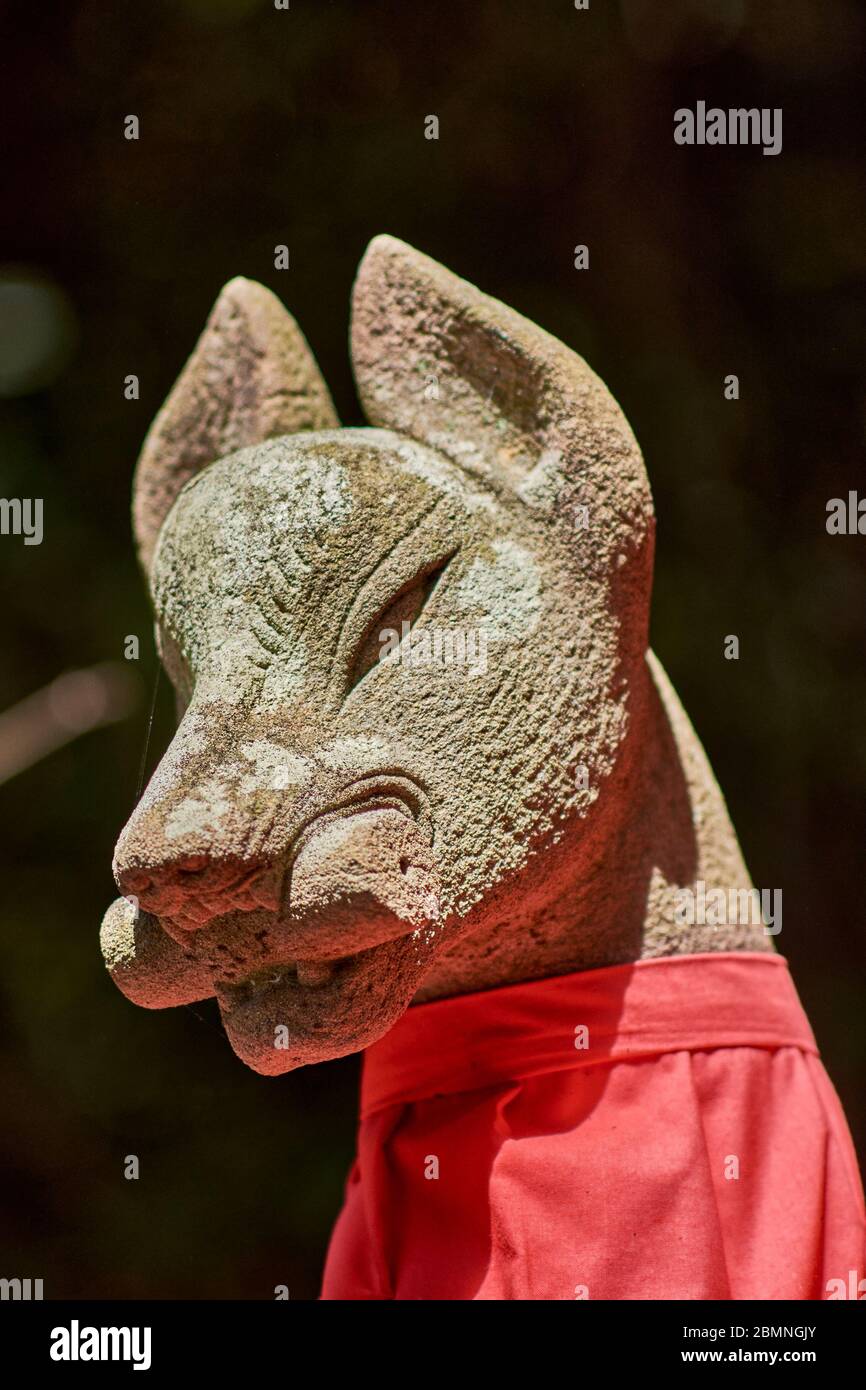
Statue Of A Kitsune Japanese Shinto Red Fox God In Fushimi Inari Shinto Shrine In Kyoto Japan Stock Photo Alamy
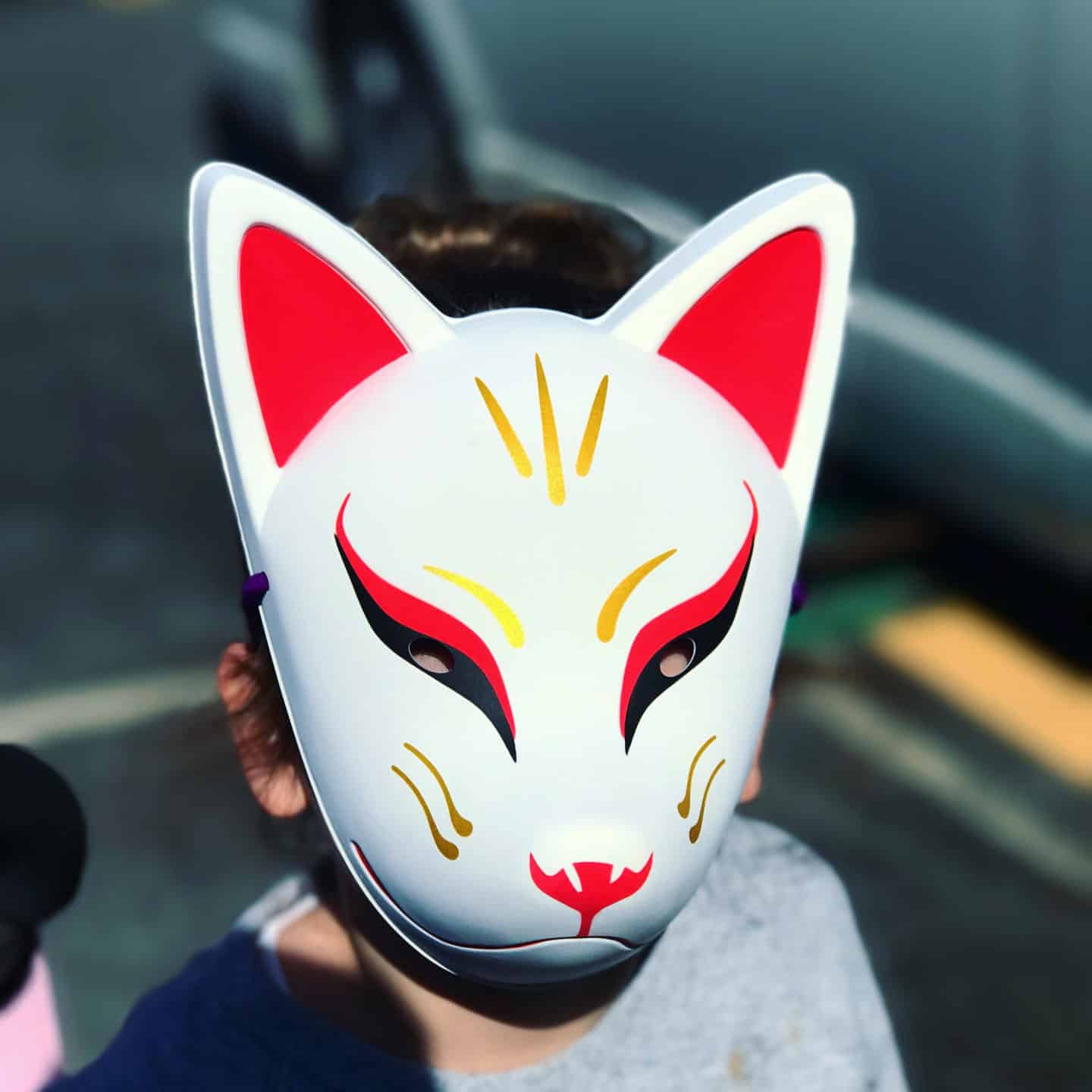
Other Japanese Cities Kyoto S Fushimi Inari With Small Kids The Tokyo Chapter
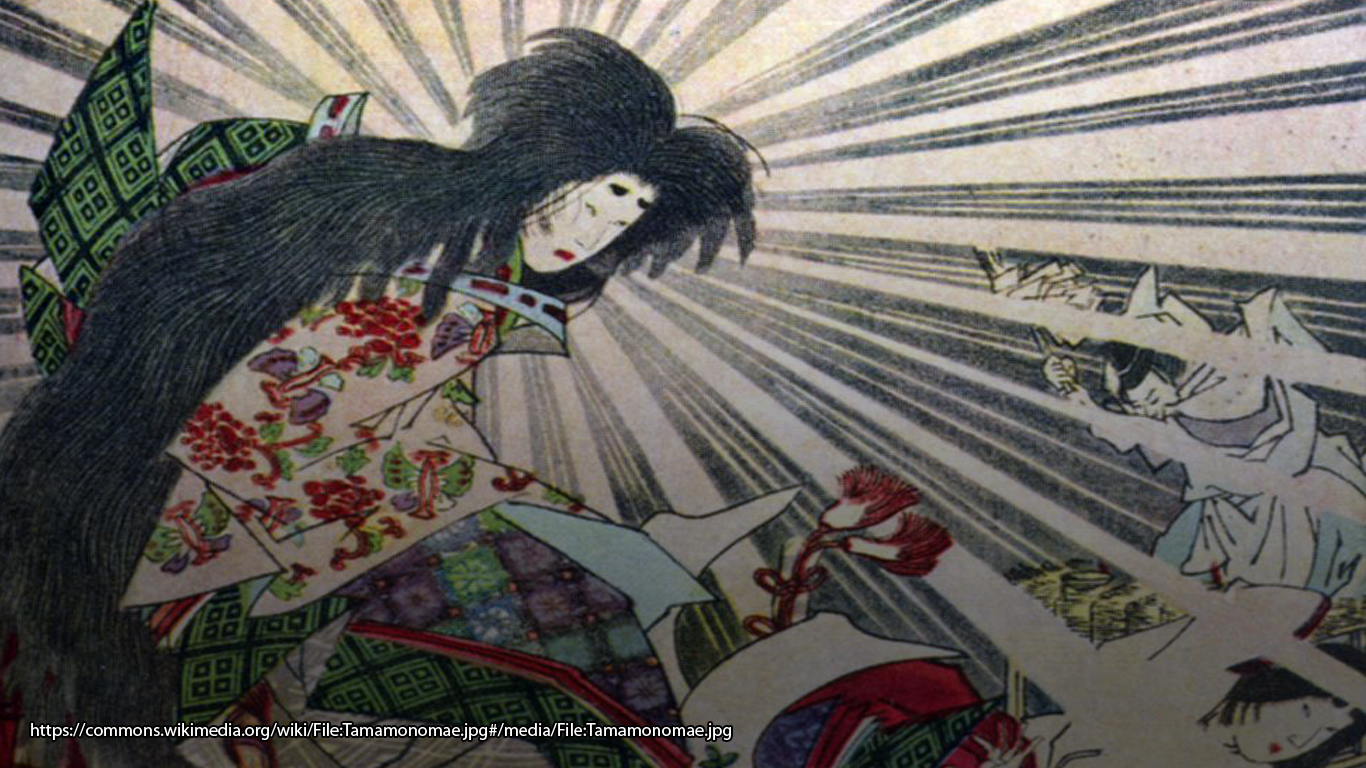
Japanese Folklore Fushimi Inari Taisha And Kitsune Fox Legends Folklorethursday

Inari Fox Messengers Sydney L Moss Ltd

Welcome The New Year By Joining This Fox Parade At The Oji Inari Shrine In Tokyo Japan Info

Fushimi Inari Taisha Discover Kyoto

Kitsune Mythology In Inari Shrines Sarah Price
Q Tbn And9gcqzvwjmhncmulqoqdbn62aq8lhqnmrzwxsnhahbw8tjlz4prpx1 Usqp Cau

Toyokawa Inari Temple Fox Temple Japan Travel By Navitime Japan Travel Guides Transit Search And Itinerary Planner
1
Fushimi Inari Shrine Tips Kyoto Japan Info Travel Caffeine

Japanese Shinto Shrine Inari Fox God Statue Figurine

Inari Foxes More Foxes By Santani On Deviantart

Fox At Fushimi Inari Shrine Kyoto Japan Stock Photo Picture And Royalty Free Image Image
3
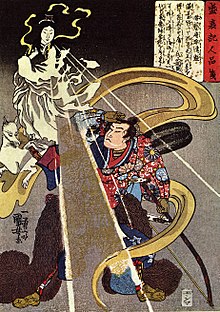
Inari ōkami Wikipedia

Shinto Fox Statue Set 3 5 Inch Japanese Inari Kitsune

Toyokawa Inari Akasaka Japanvisitor Japan Travel Guide

Fox Japanese Kitsune Fushimi Inari Lucky Fortune Mascot Keychain Charm

Inari Shrine Wikipedia

Toyokawa Inari Akasaka Japanvisitor Japan Travel Guide
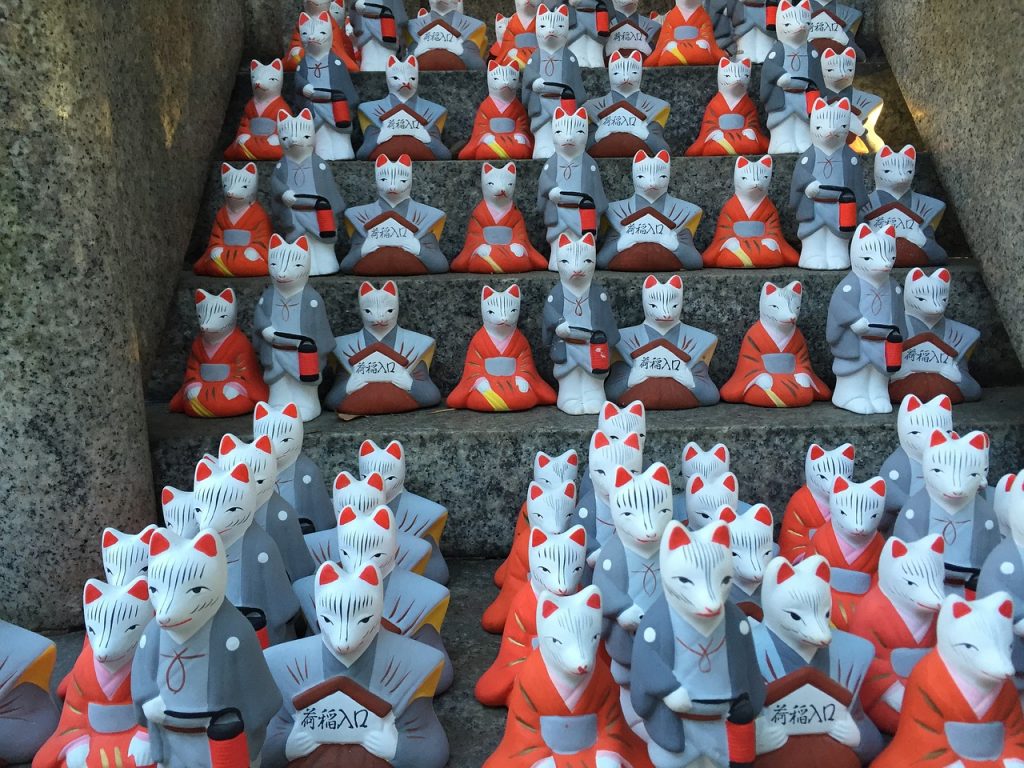
A Travellers Guide To The Kyoto Fox Shrine Home Of The Mythical Ianri Foxes

Inari Fox Search Weird Animals Baby Animals Cute Animals

Japanese Fushimi Inari Blue Fox Omen Mask Interior Display Cosplay Japan Ebay

Everything To Know About The Inari Fox Japan S Cutest Sacred Animal Tsunagu Japan
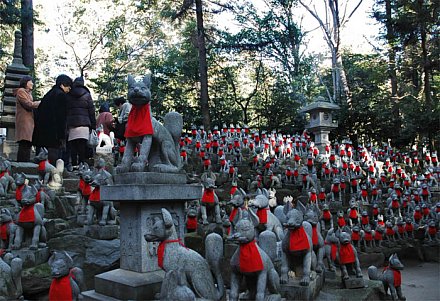
Japanese Shinto Inari The Rice God And His Her Messenger The Fox Kitsune
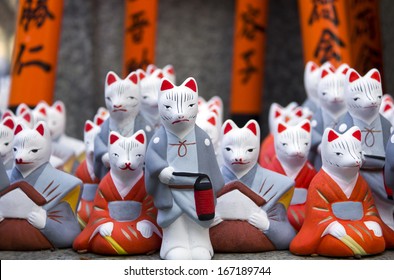
Inari Fox Hd Stock Images Shutterstock
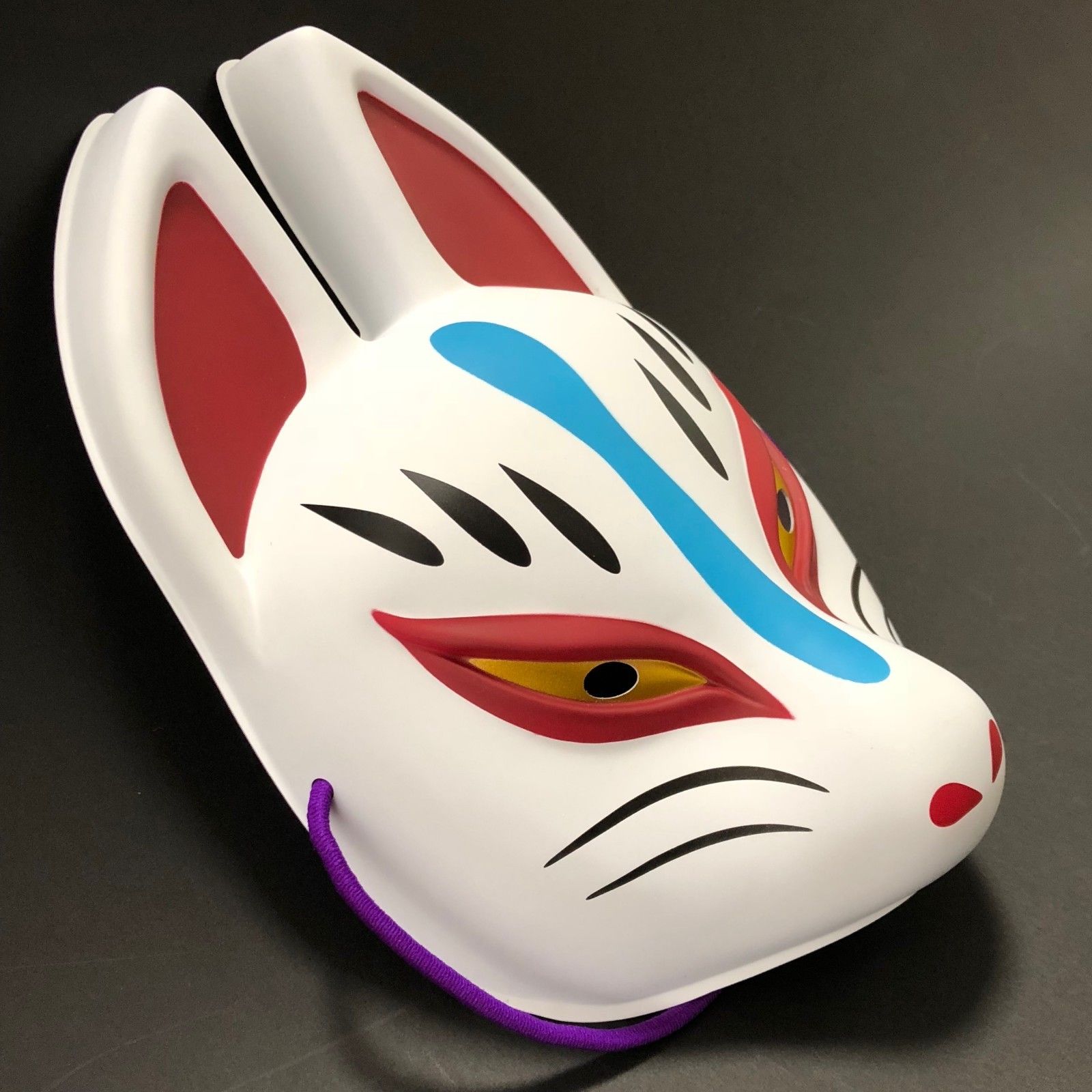
Japanese Fushimi Inari White Fox Half Omen Mask Interior Display Cosplay Love Kyoto1



